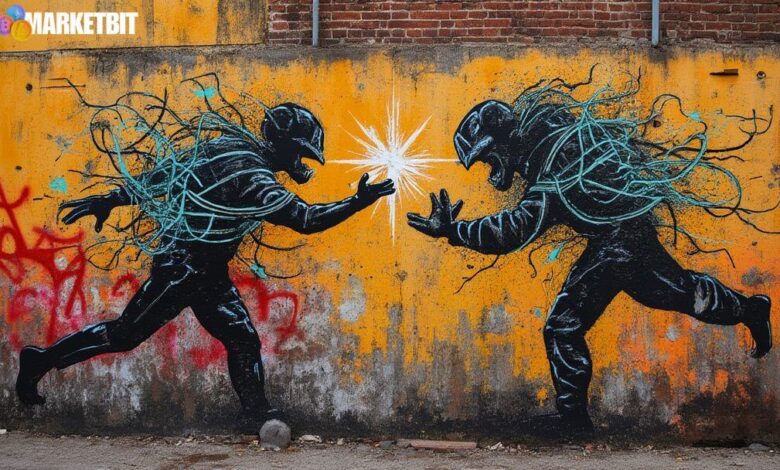Bitcoin Core v30 Release Sparks Developer Conflict

- Main event, leadership changes, market impact, financial shifts, or expert insights.
- Bitcoin Core v30 release removing data cap stirs developer clash.
- Knots node growth and adoption significantly impacted by this change.
Bitcoin developers are divided over Bitcoin Core’s proposed v30 release, removing an old data cap, sparking debate between Core supporters and Knots advocates on key platforms like GitHub and Twitter.
The disagreement underscores potential impacts on Bitcoin’s network dynamics, with increased Knots adoption and community debates on governance, neutrality, and network security.
The current conflict between Bitcoin Core and Bitcoin Knots stems from the planned Core v30 release. This update intends to eliminate an old data cap for embedded transactions, which has ignited disagreements within the developer community.
Key figures such as Luke Dashjr oppose the OP_RETURN cap removal, citing legal and technical risks. Additionally, Samson Mow and Jameson Lopp express contrasting views on the network’s neutrality and security implications.
Increased adoption of Knots nodes marks a direct effect of this division. Nodes rose to approximately 4,240 by September 2025, reflecting about 17.8% of all reachable Bitcoin nodes.
The change in node dynamics indicates a shift in power balance within the Bitcoin network. Core developers emphasize neutrality, while Knots advocates stress network security and purity, reflecting an ideological divergence.
Luke Dashjr, Maintainer, Bitcoin Knots, stated: “What do you think will happen now that Core is opening the floodgates to spam, and essentially endorsing it?… Any chance we have of making Bitcoin a success will go out the window – unless the community takes a clear stand and rejects the change.”
The escalating conflict lacks immediate financial impact on major Bitcoin exchanges. Liquidity and Total Value Locked (TVL) data remain unaffected, with implications limited to potential future network fragmentation.
Histories like the 2017 Block Size Wars suggest potential outcomes include increased fragmentation. However, experts debate whether the Core’s new rules could lead to client incompatibilities or compromise the network’s integrity.




